The Touch of History: A Boy, a President, and a Shared Hairstyle

In May 2009, the grandeur of the Oval Office felt less like a monument and more like a space of shared, quiet humanity. The occasion was a family photo for the Philadelphia family; the father, a former Marine, was concluding a two-year stint on the National Security Council as a member of the White House staff.
Excitement filled the air, but the youngest member of the family, a boy named Jacob Philadelphia, had something else on his mind. As the cameras prepared to flash, Jacob, then in elementary school, stood before President Barack Obama, who was only in his fifth month in office.
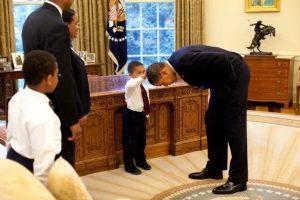
A Question of Identity
Jacob had a question, one so quiet that the President had to lean down and ask him to repeat himself.
“I want to know if my hair looks like yours,” the boy finally voiced, his query cutting through the formal atmosphere with the simple, profound honesty of a child.
Obama paused. In an era where the new president was deliberately cautious about discussing race in his first term, Jacob’s question, focusing on a shared physical trait—a connection between the first Black president and a young Black boy—was a powerful moment of unsolicited intimacy.
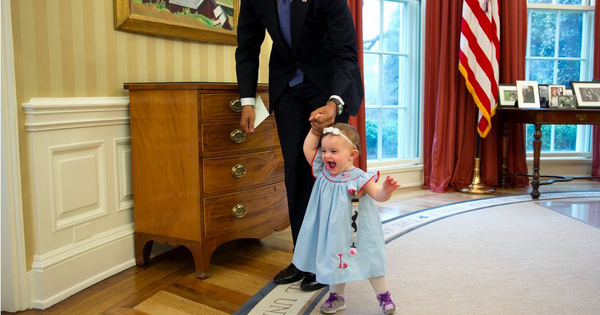
Obama didn’t respond with a philosophical answer; he responded with an action that dissolved the distance between the highest office and a child’s curiosity.
“Why don’t you touch it yourself?” he replied, bending down to Jacob’s level.
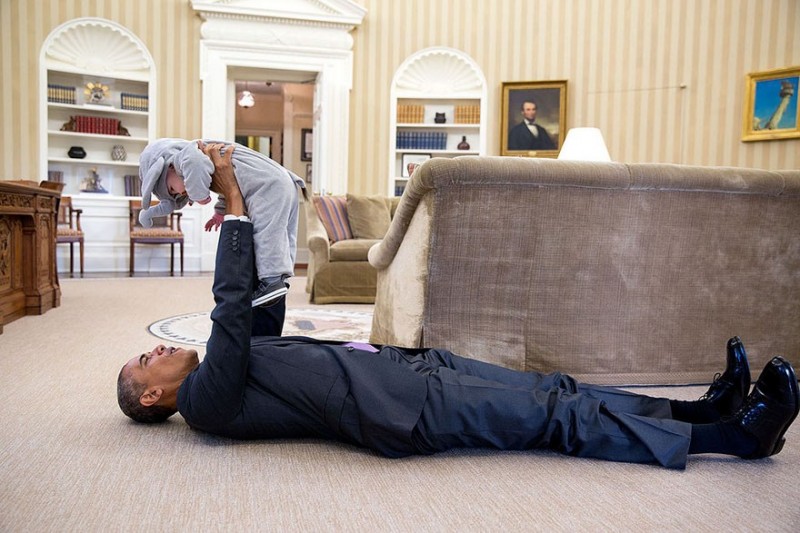
The Unspoken Affirmation
Jacob hesitated, perhaps awestruck by the opportunity to touch the head of the free world.
“Touch it, man!” Obama encouraged him gently, making the gesture permission, and a shared secret.
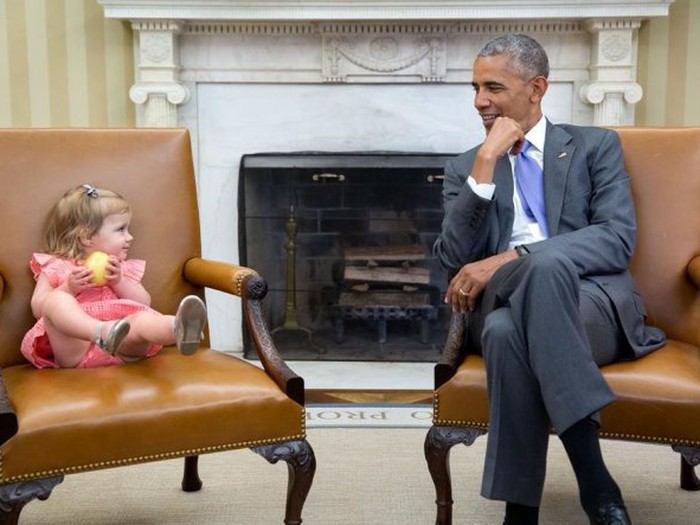
The ensuing photograph, captured by a White House photographer, became an icon—a powerful symbol of generational connection. It shows the small, soft hand of Jacob tentatively patting the presidential crown, the skin-to-skin contact serving as an unspoken affirmation of identity and possibility.
Obama stayed perfectly still, allowing the boy his moment. When Jacob finally withdrew his hand, the President smiled. “So, what do you think?” Obama asked.
“Yeah, it feels the same,” Jacob confirmed, his mission accomplished.
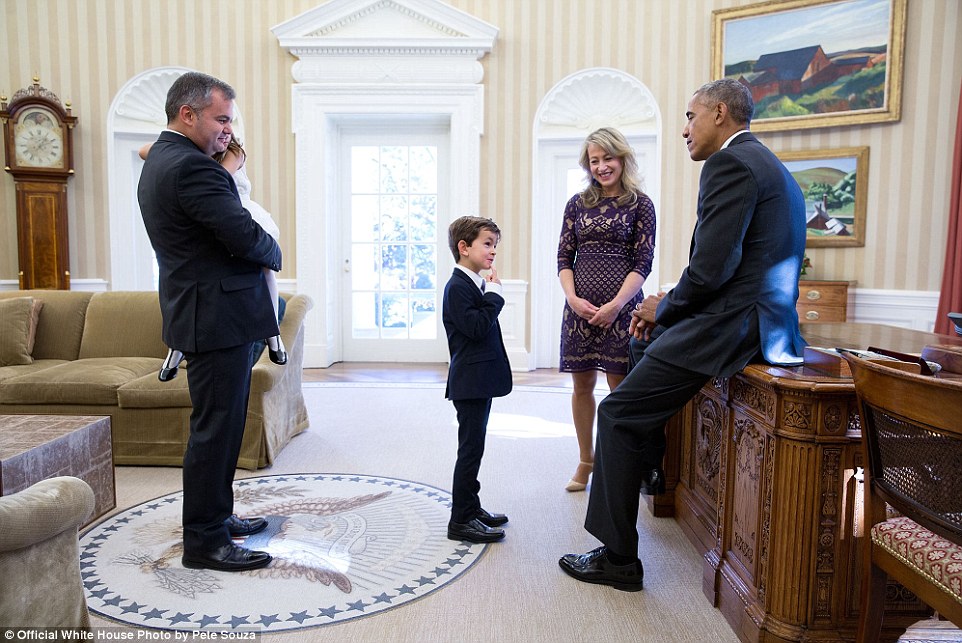
A Powerful Symbol
The moment, later reported by The New York Times, transcended political discourse. It was clear evidence that despite his efforts to focus on non-racial, unifying policies, the mere existence of Barack Obama in the White House had an immeasurable impact. He remained a powerful symbol for Black people across the country, representing a deep well of support and, most importantly, unlimited possibility.
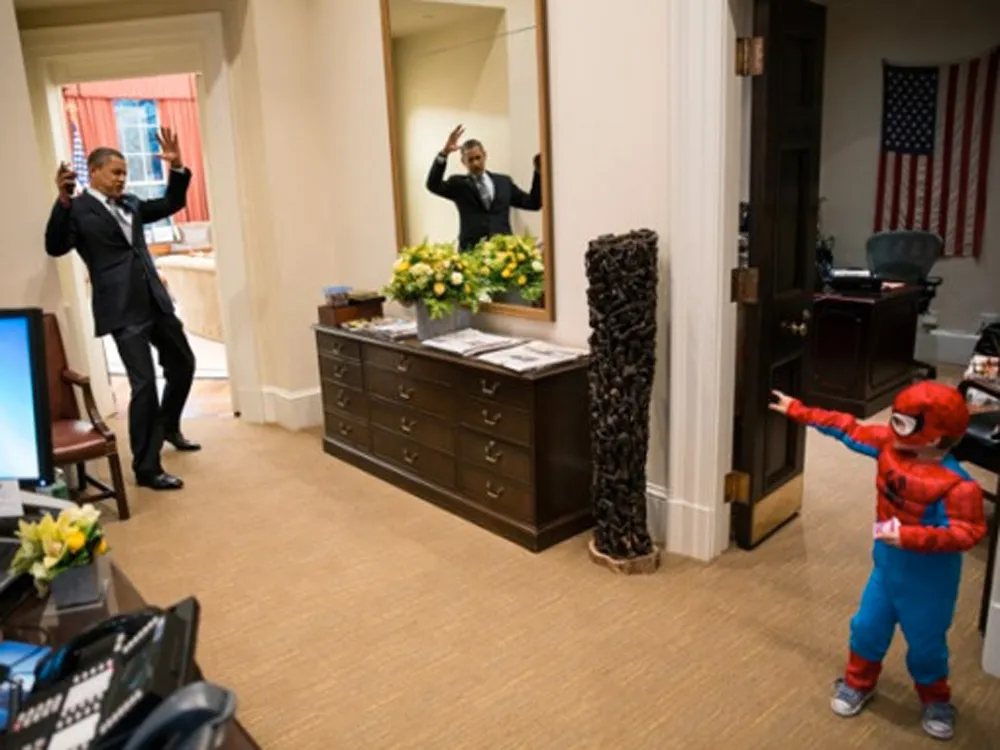
Jacob Philadelphia’s simple question about hair was, in fact, a deeply complex inquiry about belonging and self-recognition. Obama’s intuitive, generous response—”Touch it, man!”—was the perfect reply, allowing a young boy to physically confirm that the man who held the most powerful office in the world was someone who shared his own reflection.
The photograph endures as a timeless reminder that history is not just made in treaties and laws, but in the small, unguarded moments of genuine human connection.